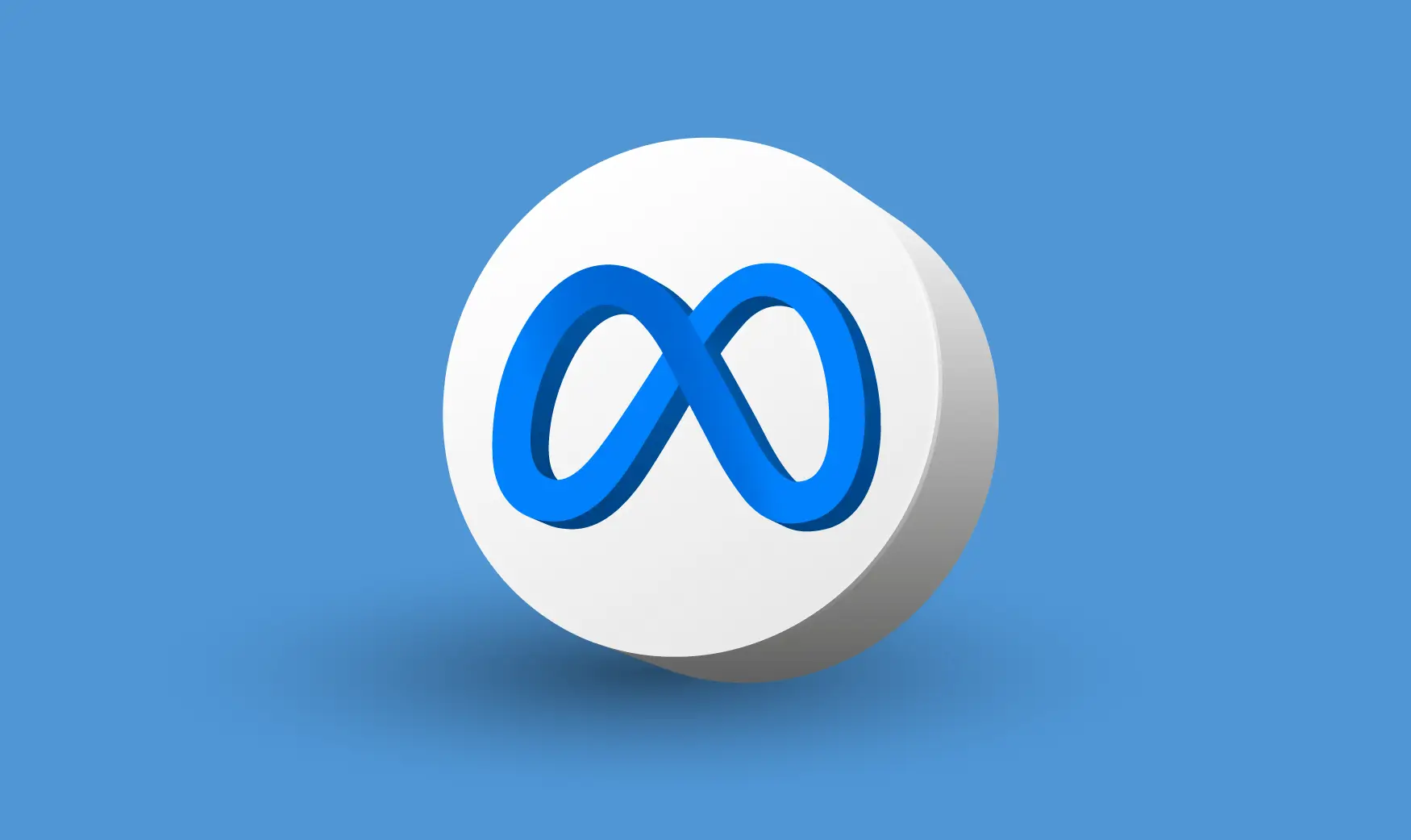
A graphic design agency is a company that specializes in providing graphic design services to clients. These services may include branding, logo design, print design (such as brochures, business cards, and packaging), digital design (such as websites and social media graphics), and marketing materials. Graphic design agencies may work with a variety of clients, including businesses, organizations, and individuals, and may have a team of in-house designers or contract with freelance designers to complete projects. Some agencies may also offer additional services such as copywriting, photography, and marketing strategy.
What is a Graphic Designer Agency:
A graphic design agency is a company that provides professional graphic design services to clients. These services may include branding, logo design, print design (such as brochures, business cards, and packaging), digital design (such as websites and social media graphics), and marketing materials. Graphic design agencies may work with a variety of clients, including businesses, organizations, and individuals, and may have a team of in-house designers or contract with freelance designers to complete projects. Some agencies may also offer additional services such as copywriting, photography, and marketing strategy. The goal of a graphic design agency is to help clients effectively communicate their message and brand through visually appealing and effective design solutions.
Introduction Of Graphic Designer:
Graphic designers are professionals who use their creative skills and technical expertise to design visual content for various mediums, such as print, digital, and social media. They use a combination of text, images, and other design elements to create cohesive and effective visual communications that can convey a message, tell a story, or promote a product or service.
Graphic designers may work on a variety of projects, including branding and identity development, marketing materials, websites, social media graphics, packaging, and more. They often use software such as Adobe Photoshop, Illustrator, and InDesign to create and edit designs, and may work with clients to understand their needs and develop a concept that meets their goals and objectives.
Graphic design is a field that requires both creativity and technical skills, and it can be a rewarding career for those who enjoy problem-solving and are interested in the intersection of art and technology.
Pros:
There are several pros to working in the field of graphic design:
- Creativity: Graphic design allows you to use your creativity and artistic skills to come up with visually appealing and effective design solutions.
- Variety: Graphic designers work on a wide range of projects, so there is a lot of variety in the work they do.
- Problem-solving: Graphic designers must find creative solutions to design challenges, which can be a rewarding aspect of the job.
- Flexibility: Graphic designers can work in a variety of settings, including in-house for a company, at a design agency, or as a freelancer. This allows for some flexibility in terms of where and how you work.
- Opportunities for growth: There is always room for growth and advancement in the field of graphic design, and designers can continue to develop their skills and expertise over time.
- Impact: Graphic designers have the ability to make a positive impact on businesses and organizations through their work, helping them effectively communicate their message and achieve their goals.
Cons:
There are also some potential cons to working in the field of graphic design:
- Competition: The graphic design industry can be competitive, and it may be difficult to find job opportunities or stand out as a designer.
- Tight deadlines: Graphic designers often have to work on tight deadlines, which can be stressful and require a lot of time and effort.
- Constant learning: The field of graphic design is constantly evolving, so designers must be willing to continually learn and adapt to new technologies and techniques.
- Limited control: Depending on the project, graphic designers may have limited control over the final product, as they often work with clients and other stakeholders who have input on the design.
- Low pay: The pay for graphic designers can vary widely, and entry-level positions may not pay as much as other careers with similar education requirements.
- Unpredictable work: As a freelancer, the amount of work and pay can be unpredictable, which can be challenging for those who prefer a more stable work environment.
Cons:
There are also some potential cons to working in the field of graphic design:
- Competition: The graphic design industry can be competitive, and it may be difficult to find job opportunities or stand out as a designer.
- Tight deadlines: Graphic designers often have to work on tight deadlines, which can be stressful and require a lot of time and effort.
- Constant learning: The field of graphic design is constantly evolving, so designers must be willing to continually learn and adapt to new technologies and techniques.
- Limited control: Depending on the project, graphic designers may have limited control over the final product, as they often work with clients and other stakeholders who have input on the design.
- Low pay: The pay for graphic designers can vary widely, and entry-level positions may not pay as much as other careers with similar education requirements.
- Unpredictable work: As a freelancer, the amount of work and pay can be unpredictable, which can be challenging for those who prefer a more stable work environment.

Conclusion:
In conclusion, the field of graphic design can be a rewarding career for those who are creative and have an interest in using design to communicate messages and ideas. However, it is also a field that can be competitive, and it may require a lot of hard work, dedication, and continuous learning. It is important for those considering a career in graphic design to carefully weigh the pros and cons and decide if it is the right fit for them. It may also be helpful to speak with professionals in the field and gain as much information and insight as possible before making a decision.



